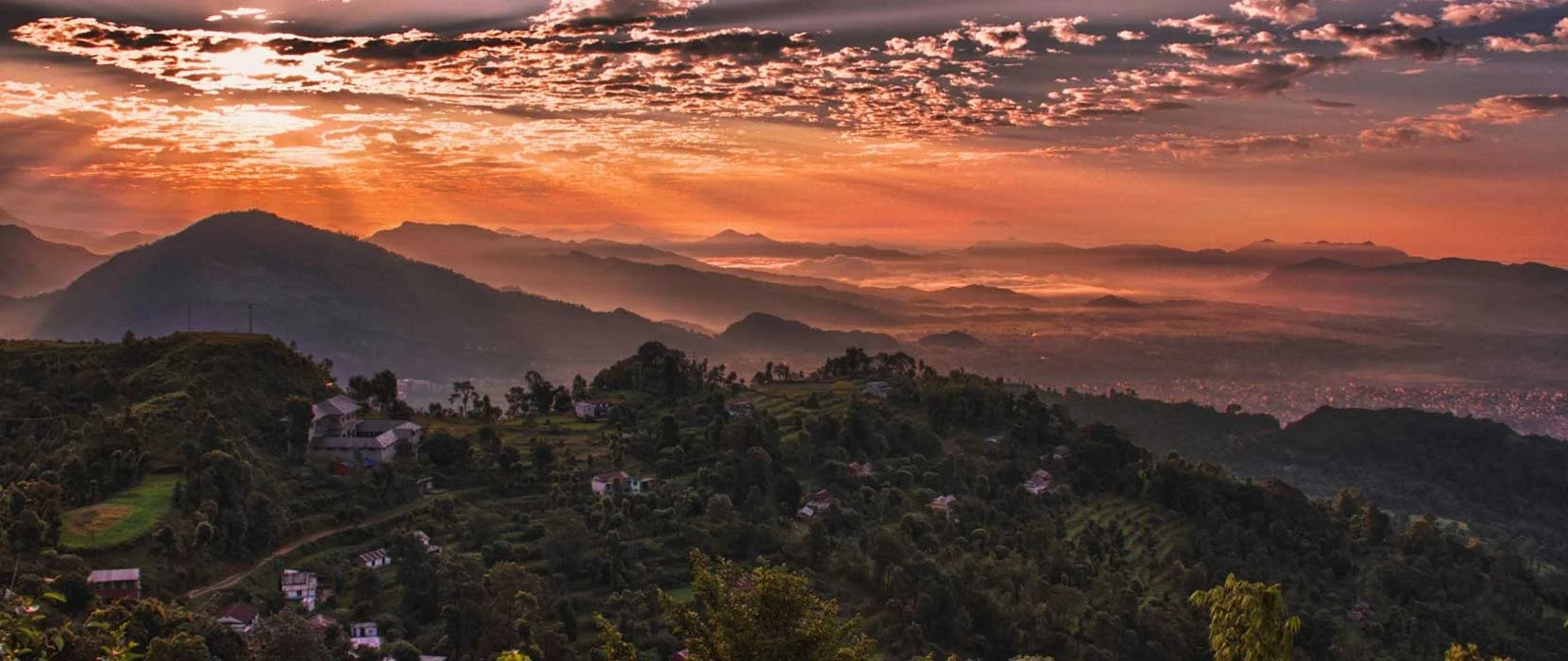In central Nepal, on the hillsides of the great Mahabharata range of mountains, live people of the Chepang clan. It is a small community relative to the general Nepali population, just over fifty-two thousand or thereabouts, which means less than one percent of the whole. For comparison’s sake, the Chettris number over four million, the Bahuns, over three million, the Magars, almost two million, the Newars, more than one million, and so on. Thus, that makes the Chepang people a small minority.
Their place of inhabitance is west of Makwanpur, south of Dhading, and east of Chitwan, which means, right in the center of central Nepal. They are an aboriginal community that has for a long time lived on tubers and wild yams, and birds and deer and bats and fish for their subsistence. And, although they also are involved in agricultural pursuits, the topography of their land does not really support extensive agriculture. As is the case with many aborigines, they were in olden days followers of animism, but now many have been influenced by other religions like Hinduism and Buddhism, the two prevailing national religions, as well as by Christianity, which has made rapid inroads into their communities.
All of these make them an intriguing ethnic group, and so a trek into their region could be very rewarding, indeed. This trek begins at a small village called Hungdi, which is about eighty kilometers from the capital, in the west-southerly direction, and situated between Mugling and Krishna Bhir in Dhading district. There are two ways of reaching this village. The more sedate way is by traveling on a bus from Kathmandu, which should take around only four to five hours. The other way is much more adventurous. You drive down to Charaudi, forty-five minutes away, and getting down to the bank of the Trishuli River, hop on a raft and ride it through the rapids, especially in the stretch following a place called Manjitar that has a high rating as far as rapids are concerned, and there’s even one stretch of rapid that is nicknamed “Surprise”! You don’t need to hurry, and so can settle down for the night at Kuringhat Camp, and come morning, you again start off on your wet journey. On the way you will encounter some interesting stretches like the Mugling and Simaltal rapids. At Simaltal, you park your raft on the bank, get atop a four-wheel jeep, and drive to Hungdi, which is now an hour away. Next, you begin your real trek, hiking to Hattibang village (1,415 m) for some five hours or so. Here, you spend the night in a homestay or a guest house. Living in the former is of course more rewarding, since you’ll have more of an experience of the Chepang culture and lifestyle. Since it is all hilly country, the landscape is splendid. Having shared meals with one Chepang family or the other, the next day you trek for about six hours to the village of Jyandala (1,610 m), and along the way, you will be passing small villages of the Chepangs, such as Changa, Jautesh, and Dinglang. Jyandal is where you’ll be spending another night in Chepang territory, and you again have the opportunity of imbibing more of the local culture. You start off early next morning and walk for five to six hours to arrive at a place called Upperdan Gadhi (1, 278 m). “Gadhi” means a fort, so naturally a fort must have stood there once, and looking around, you’ll see that there are indeed remnants of one. It is worth keeping in mind that once upon a time, the Kathmandu valley was protected from outside invasion by many such forts in and around the valley, Makwanpur being a major site. You walk on, and it’s all uphill now, and you’ll reach Siraichuli, which at 1.945 m is the highest point of the Chepang trek. As a matter of interest, “chuli” means the peak. From this high point, the views of the Himalayan peaks like Dhaulagiri, Annapurna range, Langtang, Rolwaling, Manaslu, Gorkha Himal, Gaurishankar, and Peak 29 are pretty awesome. In addition, you get a good view of the Chitwan National Park far below, as well. For those who love to watch birds, it is a paradise, with over 255 species flying around the area.

